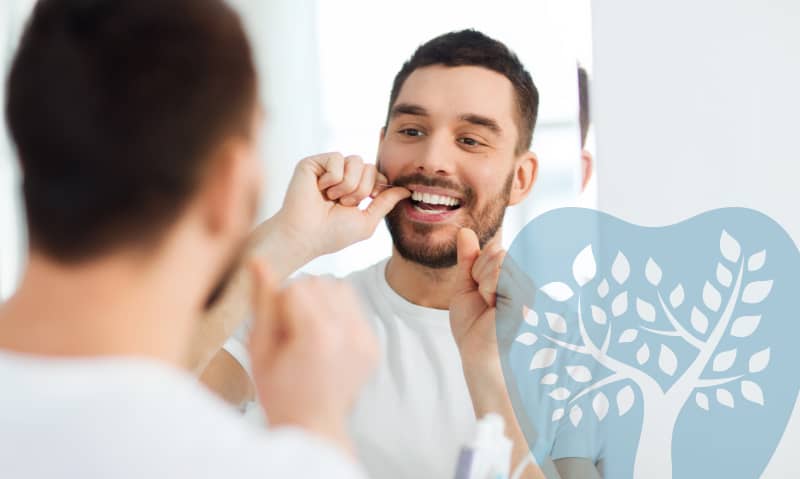How to Pick The Ideal Dental Hygiene Products for Your Smile

How do you choose the dental hygiene products that will actually benefit your smile?
While the basics of good oral homecare may seem like common sense to patients, the reality is that more often than not, patients do not understand how to best choose from the products in the overwhelming and overpopulated dental products section in stores. Despite your best attempt to select the most appropriate toothpaste, toothbrush, mouth rinse, or floss, you must first determine which product or products address the issues that you’re facing. For example, sensitive teeth, bleeding gums, and cavity protection are all common issues many patients face.
But which product will best help you conquer the dental issue or concern you’re facing?
A rinse is not just a rinse.
Just like when selecting a vitamin, different rinses are indicated for different conditions. A vitamin that is beneficial to your bone health may not help with your muscle health. Similarly, a fluoride rinse is indicated for the health of your teeth to prevent cavities and tooth decay. An antimicrobial rinse is indicated for gum health and preventing gingivitis. Rinses are not like multivitamins. Using a one-stop rinsing regimen (like done with a multivitamin), is not effective at treating both gum and dental health at the same time. It is recommended that a patient use a rinse that is made solely to treat each respective condition. Using an antimicrobial rinse (ie. Listerine, Crest ProHealth, Chlorhexidine) in the morning and a fluoride rinse at night (ie. ACT) is a good way to accomplish this goal.
Your dental care team will be happy to offer recommendations based on your specific needs.
Flossing is necessary.
Just as flossing alone will not clean your entire mouth, brushing alone simply does not clean your entire mouth, either.
You must remove the plaque that is under the gums and between the teeth. Plaque will harden and eventually turn into calculus (or tartar) which irritates the gums causing them to pull away from your teeth. Once that happens, more and more food particles and bacteria move in to those newly created spaces, further irritating your gums and damaging your enamel. Flossing regularly is the best way to remove plaque before it turns into calculus under the gums and between the teeth.
To make the most of your flossing time, there are a few key elements to flossing that should be recognized; What type, how much, and the technique itself are all very important areas to touch on. Flossing is extremely technique sensitive, and doing it well takes education and practice. When using traditional string floss, you should use about a shoulder-width amount. This may seem like a lot of floss; however, it is critical that the entire piece of floss be used and not just the same 2 inches throughout the mouth.
When flossing, don’t simply floss each tooth one time. Rather, floss each tooth until the floss comes out clean. If blood appears when flossing, that is not a reason to stop flossing. It is bleeding because of the built-up bacteria in the area, and the more often the area is flossed, the healthier it will become.
People often ask what brand of floss is best, however the brand itself is not as important as the texture of the floss. I often hear a patient say, “I use Glide because my teeth are too tight for anything else.” With few exceptions, this is simply not the case. I remind them that the floss is likely getting stuck on tartar that will be removed at their hygiene appointment. I encourage them to experiment with the different textures so that they can see how much more effective textured floss is over the slicker Glide option. Yes, Glide may be easier to use, but because it is slippery tape, plaque and food debris is not being removed from between the teeth as well as a floss with more texture. Glide is covered with a Teflon-like substance. The objective of Teflon is to NOT have things stick to it.
If you are going to go to the trouble of doing the exercise, get credit for it! Just like doing a sit-up incorrectly and not getting the full benefit of the exercise, flossing is no different.
Is traditional string floss better at removing plaque from between the teeth and below the gumline? Yes. But when it comes down to it, I always tell patients to use whatever they are willing to use! Something is better than nothing at all.
Written by Dr. Christopher King
Dr. King has been leading King Dental since 2000. In the 20-plus years since opening King Dental, his experiences have only strengthened his excitement for his chosen career. Dentistry is Dr. King’s life’s mission.